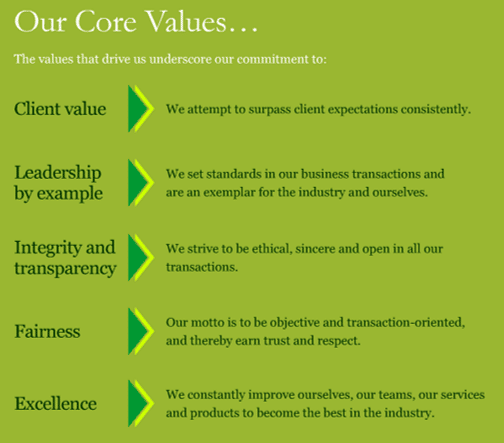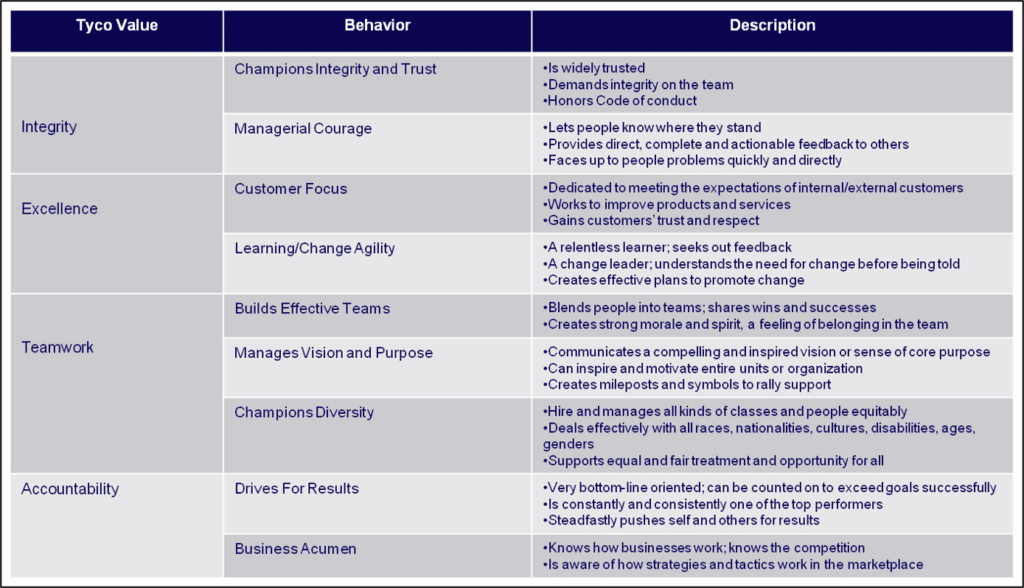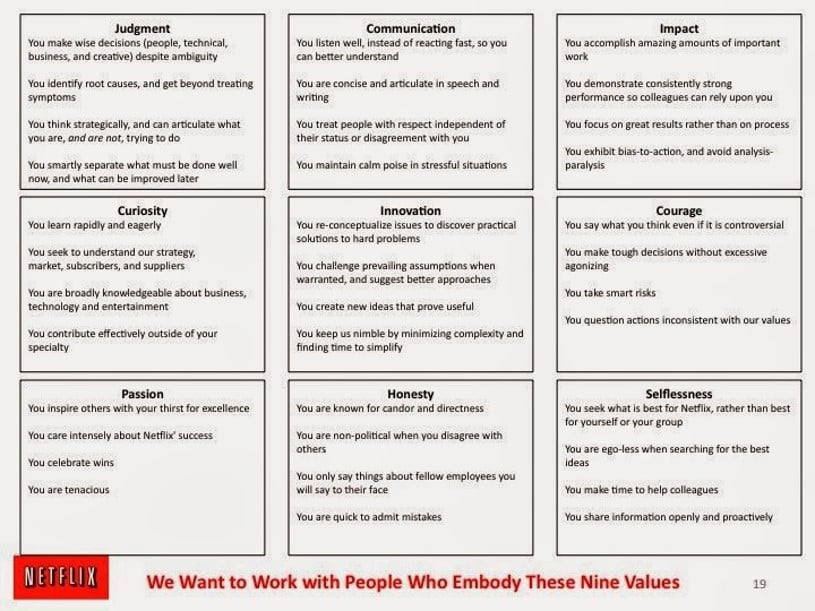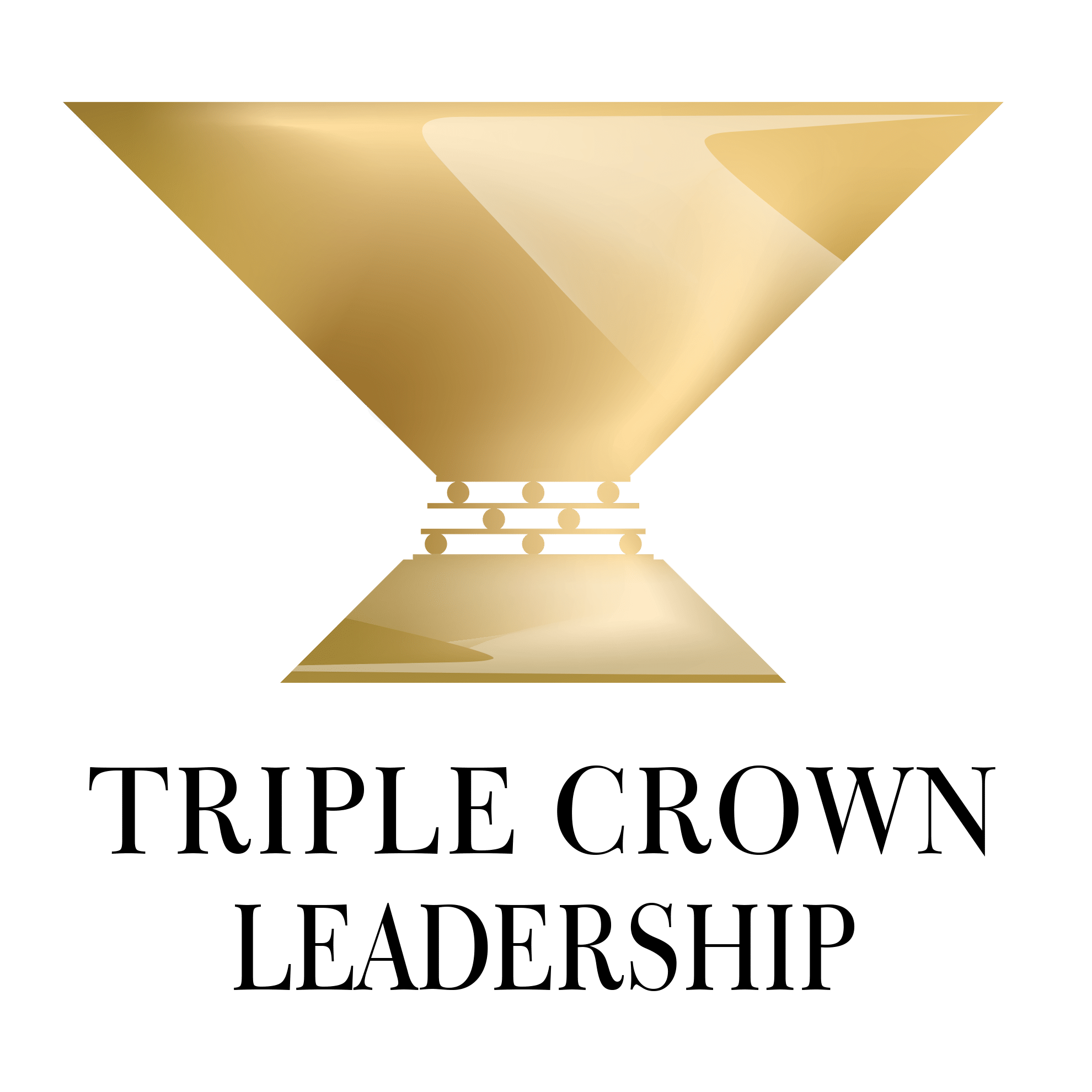Article Summary:
Many people these days are cynical about an organization’s purpose, values, and vision because they’re platitudes. But great leaders collaboratively elicit them from the team and then weave them into the fabric of the organization.
+++
Whether you’re the CEO, a department manager, or a small business owner, we encourage you to create a purpose, values, and vision statement for your organization. We call them your “colors.” This is one of the critical leadership practices to create a high-performance organization.
The Importance of Colors
In our book, Triple Crown Leadership, we use the metaphor of thoroughbred horseracing. Each stable registers a unique set of “colors” worn by its horses and jockeys that distinguish it from their competitors (a tradition dating to 1762 in England). Some trace the tradition even further back to medieval knights jousting on horseback. The purpose, values, and vision of your organization are the colors that help your people commit to a common cause.
Organizational colors are essential in creating a high-performance team because they:
- Provide meaning and coherence
- Guide decisions and behaviors
- Inspire people to larger aims and higher levels of achievement
- Unleash people to make decisions and take actions with the guidance of the colors
- Attract talent
- Develop trust
- Build organizational character
The colors unveil the heart and soul of an organization.
The purpose grounds.
The values guide.
The vision inspires.
Many organizations adopt such statements, but too often these statements are weak, or leaders fail to uphold them. As a result, many workers view them as a waste of time, in some cases feeling resentful and cynical about the hypocrisy of not upholding them. Such scorn for false colors is a death knell for your team.
Done well, as we describe here, your colors will be your call to build an excellent, ethical, and enduring organization. Triple crown leaders carefully formulate and persistently abide by their colors.

Leadership Derailers Assessment
Take this assessment to identify what’s inhibiting your leadership effectiveness. It will help you develop self-awareness and identify ways to improve your leadership.
Mission Statements
Many organizations have a mission statement. Normally, a mission statement describes what an organization does—what business it’s in and its products or customers. Sometimes, it also addresses where the organization operates. Often, mission statements cite generic ambitions that could apply to any business. Many mission states are long on jargon, not memorable, and rather uninspiring.
For example, what do you think about the following mission statement?
“Our mission is to be a world-class healthcare company
providing state-of-the art products and services to customers worldwide.”
Are you inspired? We think not. Such insipid language is unlikely to help you create your high-performance team.
Shared Purpose
We prefer a purpose statement to a mission. A well-written purpose statement goes deeper. Simon Sinek’s book, Start with Why, summarizes this concept well. A purpose states “why” the organization exists—its reason for being.
The ideal purpose statement lasts for a long time. It won’t change as products and markets do. The ideal purpose statement is short and highly memorable. It answers why people should commit to your organization, engaging their hands, heads, and hearts.
Many people hunger to know that their organization has a worthwhile purpose and that their work is meaningful and significant. People don’t come to work to “maximize shareholder value.” They want to be part of and build something excellent, ethical, and enduring. Workers want to have a positive impact on the world.
The ideal purpose statement is short enough to fit on a T-shirt and jargon-free. Triple crown leaders place purpose front and center.
Here are some purpose statements we like:
- Best Buy: “To enrich lives through technology.”
- General Mills: “Making food the world loves.”
- Netflix: “To entertain the world.”
- Target: “To help all families discover the joy of everyday life.”

Leadership Derailers Assessment
Take this assessment to identify what’s inhibiting your leadership effectiveness. It will help you develop self-awareness and identify ways to improve your leadership.
Shared Values
Values articulate what’s most important in the organization, including the norms that guide the desired behavior and the responsibilities for how people will treat each other and their relevant stakeholders. They are the organization’s moral compass, setting the standard how people should behave.
Triple crown leaders make organizational values explicit so everyone knows what behavioral practices they’ll be held accountable for.
Being known for the shared values your organization practices can provide competitive differentiation, encourage long-term thinking, facilitate consistency in decision-making, make your organization a talent magnet, help motivate employees, and become your de facto control system.
Ideally, shared values are six to eight words that capture the essence of the desired behaviors in the organization. Each word should have an explanatory phrase or sentence to clarify the meaning precisely, as in the example from Infosys below:

Taken further, advanced leaders tie each value to clear and measurable behaviors (e.g., for performance reviews). See below for examples from Tyco and Netflix:


It’s useful to create an acronym for the shared values, making them more memorable. (In the example above, the values at Infosys spell out C-LIFE.)
Leaders must constantly reinforce the shared values, role-model them in their own behavior, and uphold them for everyone to see. They must weave the values into the fabric of the organization.

Personal Values Exercise
Complete this exercise to identify your personal values. It will help you develop self-awareness, including clarity about what’s most important to you in life and work, and serve as a safe harbor for you to return to when things are tough.
Shared Vision
A good vision statement paints a bold and vivid word picture of a better future. (For a powerful example, see Dr. Martin Luther King’s “I Have a Dream” speech.)
A vision statement should provide a clear and compelling word picture of what success looks like. Ideally, the vision should touch all major stakeholders, appealing to their emotions, senses, principles, and dreams.
While the ideal purpose statement should last a very long time, a vision statement likely encompasses a medium-term time frame, perhaps 5-10 years into the future, depicting what it feels like for the key stakeholders when this vision is being accomplished.
Here’s a sample vision statement from Votorantim Group, a family-owned Brazilian investment holding company:
To ensure continuous growth and presence as a major family-owned company that is respected and recognized in the communities where it operates with a focus on creating economic, environmental, and social value through:
- Ethical values that guide responsible corporate conduct
- Highly competitive businesses
- The search for creative and innovative solutions
- People motivated to perform at high levels
Whose Purpose, Values, and Vision?
The purpose, values, and vision statements should be elicited from people, not imposed from above. The key is to make sure they’re the shared purpose, shared values, and shared vision of the organization. You want people to have been meaningfully involved in the process of creating them and pursuing and enforcing them.
“What people really want to hear is not the leader’s vision. They want to hear about their own aspirations. They want to hear how their dreams will come true and their hopes will be fulfilled. They want to see themselves in the picture of the future that the leader is painting. The very best leaders understand that their key task is inspiring a shared vision, not selling their own idiosyncratic view of the world…. most adults don’t like being told where to go and what to do. They want to feel part of the process.” -Jim Kouzes and Barry Posner
A Collaborative, Synthesizing Process
We encourage you to co-create the colors of your organization over time, unearthing them from the deep desires of your people. Triple crown leaders care about and have a deep belief in the inherent capabilities of their people.
To create your colors, you might form a small team of volunteers, a guiding coalition, to lead the synthesizing process. The team would engage internal and external stakeholders, seeking common themes and listening deeply. The guiding coalition would listen, discuss, draft, and redraft the colors. The process is important, building buy-in and trust.
In the final versions of the colors, you, the leader, can synthesize the various elements. Synthesis combines ideas into a coherent and compelling whole. Ideally, it elicits what Oliver Wendell Holmes, Jr. called the “simplicity on the other side of complexity.”
After all the work of the guiding coalition, a sense emerges of: “Yes, that’s our reason for being, how we want to behave, and where we want to go.” People then buy in and commit.

Alignment Scorecard
When organizations aren’t aligned, it can reduce performance dramatically and cause frustration and dysfunction. With this Alignment Scorecard, you can assess your organization’s level of alignment and make plans for improving it.
Reinforcing the Colors
Triple crown leaders must reinforce the colors constantly. Your colors should be visible in all your communications. Leaders should regularly refer to the purpose, values, and vision when making decisions, especially when those decisions are hard. Your colleagues will observe how you act when the pressure is on to make the quarterly numbers or when you face tough tradeoffs. Your actions when the heat is on will reveal your true commitment to the colors. Be sure to uphold the colors. Your integrity and credibility are at stake.
At Medtronic, they reinforce their colors with their Mission Medallion Ceremony, with workers getting recognition for outstanding work in upholding the key tenets of the company. DaVita holds “Nights of Honor” to recognize workers who are exceptional in upholding the company’s shared values. Zappos built upholding the shared values and contributing to the culture into performance reviews, giving them teeth.
When done well, collaboratively eliciting the shared purpose, values, and vision and then weaving them into the fabric of the organization will help you create your high-performance organization.
Summary
More and more workers today want to work for an organization with a compelling and inspiring purpose, values, and vision. These are your organizational colors. Good leaders engage in a collaborative process for developing the organization’s colors, increasing ownership and buy-in. You should reinforce the purpose, values, and vision through all your communications and actions.
Questions for Reflection
- Does your organization have a clear and inspiring purpose statement revealing why your organization exists?
- Does your organization have memorable shared values setting the standards for how people should behave?
- Does your organization have a compelling and vivid vision of what success looks like?
- If not, will you soon start a collaborative process to develop your organizational colors?
- If so, are you doing enough to weave them into the fabric of the organization?
Tools for You
- Leadership Derailers Assessment to help you identify what’s inhibiting your leadership effectiveness
- Personal Values Exercise to help you determine and clarify what’s most important to you
- Alignment Scorecard to help you assess your organization’s level of alignment
Related Articles
- “Is Your Organization Falling Short on Values?“
- “How to Create a Shared Purpose, Values, and Vision“
- “Are You Working for an Unethical Organization?“
- “What to Do If You Work for an Unethical Organization?“
- “High Performance Begins with Shared Values“
Postscript: Quotations on Purpose, Values, and Vision
- “Effective leaders put words to the formless longings and deeply felt needs of others.” -Warren Bennis, leadership author and university professor
- “A clear and compelling purpose is the glue that binds together a group of individuals…. It is the source of the meaning and significance people seek in what they do.” -Linda Hill and Kent Lineback, authors
- “People want to be part of something bigger than they are and commit themselves to it.” -John Bogle, founder and former CEO, The Vanguard Group
- “My most important job is to articulate clearly and consistently what the values of the institution are.” -Shirley Tilghman, professor and President Emerita, Princeton University
- “There is extraordinary power in a group connected to a common vision.” -Joseph Jaworski, author
- “There is no more powerful engine driving an organization toward excellence and long-range success than an attractive, worthwhile, and achievable vision of the future, widely shared.” -Burt Nanus, author

Triple Crown Leadership Newsletter
Join our community. Sign up now and get our monthly inspirations (new articles, announcements, opportunities, resources, and more). Welcome!
+++++++++++++++++++++++
Gregg Vanourek and Bob Vanourek are leadership practitioners, teachers, and award-winning authors (and son and father). They are co-authors of Triple Crown Leadership: Building Excellent, Ethical, and Enduring Organizations, a winner of the International Book Awards. Check out their Leadership Derailers Assessment or get their monthly newsletter. If you found value in this, please forward it to a friend. Every little bit helps!


